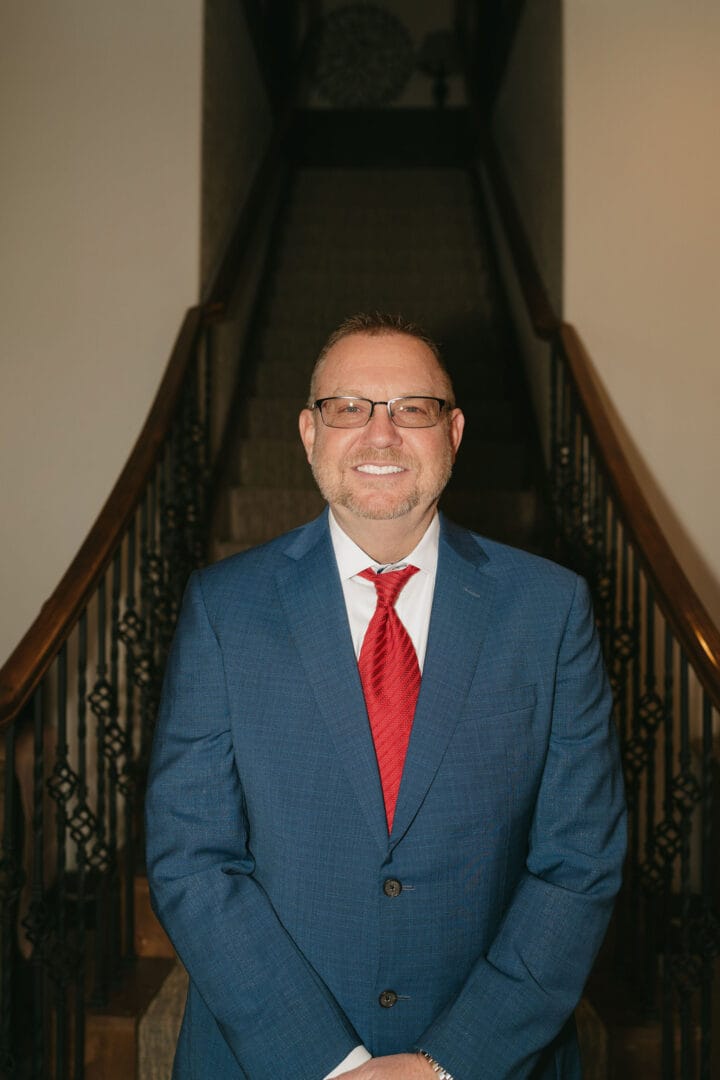What is elder law? This is a question I get all the time, and for good reason. Much of what we do today in our office is informed by a reality that simply wasn’t true 30 years ago. That is: we are living longer, and are much more likely to need the care of another person before we die. Some of us will need an increasing amount of this care for a long time. And it’s expensive!
So whereas traditional estate planning is about what happens when you die – who gets your stuff, when, and who controls it – elder law is about what happens if you don’t die. What happens if you just live a really long time? How do you protect the assets you have so they will last the journey by getting help with your rising care costs?
That is the question we help families answer every day. It’s complicated, and each case is a bit of a puzzle. To do the very best for our clients, we look at their situation in a comprehensive way: we start with their existing estate planning documents if they have them, and update them when they no longer work for them. From there we look at their entire asset picture to see how much they have, in what kind of assets and how it’s held (titled). Getting this right is crucially important to the strategy we will pursue for our clients, and you wouldn’t believe how many people don’t really know what they have! But seriously, it’s understandable because for many of the families we serve, our client is Mom or Dad, but the person who is helping us get the planning in place in really their daughter. She is the one who is giving us the information on what their savings consists of, and that can be a bit of a scavenger hunt sometimes, especially when Mom or Dad has Alzheimer’s!
Whatever the case, we help our clients get an accurate picture of what they have because this is the starting point to finding resources to pay for care. Once we know the asset picture, we then look at the need for care and the cost. Is Mom going to be able to stay at home if she can find some resources to pay for in-home care, or is an independent living or assisted living community a better option for her because she needs people around her for safety and social support? Sometimes we find that the level of care that has been appropriate for some time now isn’t. A sudden decline sometimes necessitates memory care in a secure facility so Mom can’t wander, or full nursing care in a facility because the care needs are simply too great to be met anywhere else.
We call it the “care journey” and we rely on the family and the client’s doctors to help us predict what that journey might look like, because which resources would be the best to pursue to pay for it (VA Pension benefits, Medicare, Medicaid, private sector long-term care options) sometimes depends on what type of care they currently need.
On that point, I want to back up a minute. I just mentioned the care journey, and the smartest thing you can do for yourself and your loved ones is to realize that most of us will have one! According to the U.S. Department of Health’s 2010 study, 70% of people over age 65 will require at least some type of long term care services during their lifetime. And for women, the risk is greater – 79%. So you can see that the big question facing all of us at some point in time, either for someone we dearly love, ourselves, or both, will be: how do I pay for this care in a way that doesn’t drain all of my savings? How do I make sure that I’m not out of money before I’m out of breath? The earlier you start planning, the better your options.
Helping families protect their savings and pay for the care their loved one needs is the work we do every day at our firm, and we love what we do. If you would like create a plan to have peace of mind in the future on your own care journey, or you have a loved one who needs care right now, give us a call. The consultation is free.
